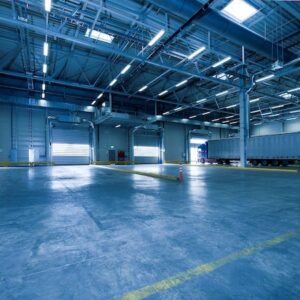01 Dec Slip Prevention and the simple fixes
Slip Prevention is something all workplaces need to consider, whether it’s to keep a worksite operating smoothly at high altitudes, or within a fire event, workplaces need to have several tools and take precautions to keep floors safe.
There are several official guidelines governments in the Middle East recommend:
- Conducting regular risk assessments with trained safety professionals.
- Maintaining a clean and tidy workplace.
- Providing suitable footwear to meet the demands of the workplace and counter environmental hazards.
- Use warning signs, signalling wet floors and other environmental hazards.
- Providing adequate training and courses for personnel to understand how to respond to environmental hazards and work in slippery areas.
- Use slip-resistant flooring, such as linoleum.
- Conducting regular maintenance to avoid hazards compounding on each other.
Use of Lighting as Slip Prevention
Besides these workplace routines – lighting can also be utilized to make a workplace safer, or rather, poor lighting actively greatly increases the chances of accidents in the workplace. In the case of wet floors, bright lights quickly inform workers where hazards lie, shadows similarly add to this effect.
Regularly on rooftops, floodlighting will be used to indicate safe areas where individuals can work, with shadows excluding places where these workers should avoid going due to the area not being adequate.
Flood Lighting also allows workers to progress throughout the night and in the early hours of the morning. This flood lighting is the basis for further safety protocols being implemented into a worksite, giving safety operations the availability to work.







